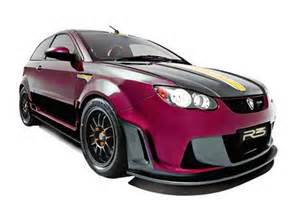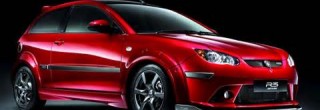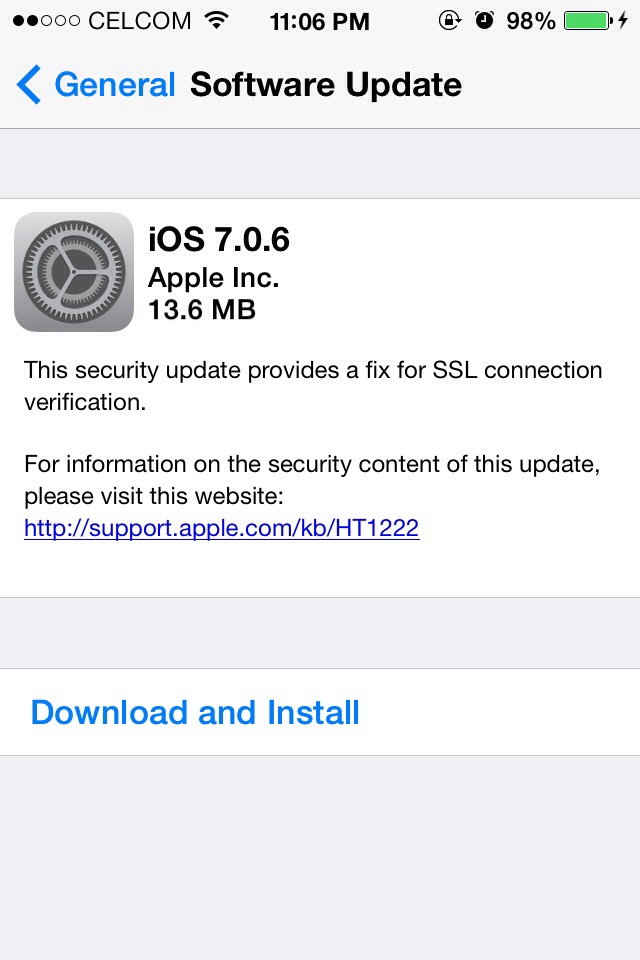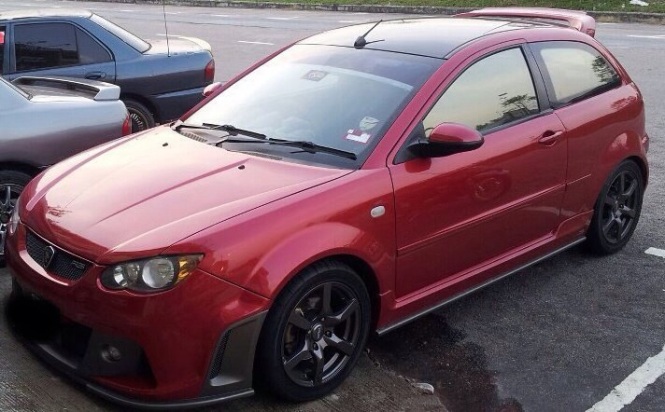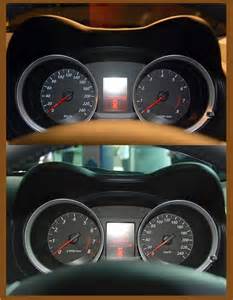ALLAH MAHA BESAR…!!!
Author: baiebex
SoFtWaRe iOs 7.0.6 !!!
SuKaN dI wAkTu MaLaM bOlEh MeNjAdI PeMbUnUh sEnYaP!!
Sila AMBIL PERHATIAN pada mereka yang bekerja dan tidak mempunyai masa untuk bersukan selain di waktu malam..kita selalu berfikir dengan bersukan di waktu malam dapat menyihatkan badan..Rupa-rupanya semuanya auta samata-mata…
/ladyneo.files.wordpress.com/2014/02/20140220-185633.jpg”>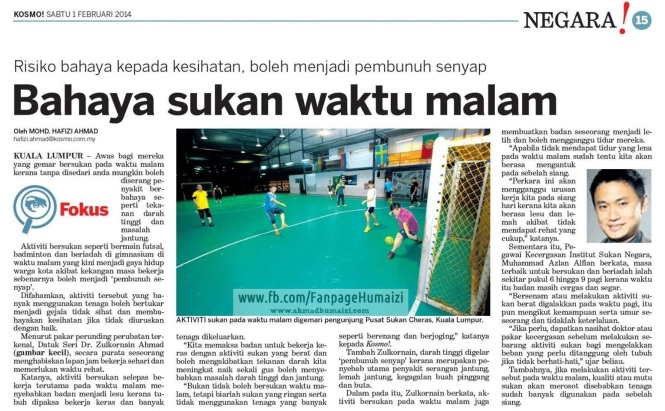
Testing From Via ios.wordpress.com
PROTON SATRIA NEO R3 LOTUS RACING EDITION DETAILS & SPECIFICATIONS – RM115,000
Good news for Proton fans and the Proton Satria Neo fans!.Proton had launched the Proton Satria Neo R3 Lotus Racing Edition at the Pavilion today.Priced at RM115,000 the Proton Satria Neo R3 Lotus Racing Edition can produce more than 145bhp and 168Nm of torque, which is a substantial 25 bhp and 18 Nm up on the standard CPS engine.0-100 km/h is now done in 9.2 seconds and top speed is 200 km/h, compared to 10.5 seconds and 190 km/h for the standard Neo CPS manual. Seriously, upgrading its performance should make it quite a hot to drive and these improvements are not just reflected in the vital stats
The Satria Neo R3 Lotus Racing edition carefully brings together racing heritage and driving enjoyment to communicate strength, performance, agility and in-car excitement.
True to Lotus’s principals, the car’s weight have been reduced to aid performance, FRP (Fibre Reinforced Plastic) fenders with carbon fiber hood and other lightened parts makes the car 62kg lighter than the Neo CPS variant also.This Satria Neo R3 Lotus Racing also equipped with the 16-inch Advanti alloys wrapped with 205/45 Bridgestone Adrenalin tyre, massive 4 pot AP Racing calipers gripping the front discs, R3 Titanium Exhaust Headers, R3 Alloy Underdrive Pulleys, an R3 Tuned Exhaust System, and an R3 Carbon Fiber Airbox.These equipment including R3-tuned camshaft profiles contribute towards the power upgrade.The Satria Neo R3 Lotus Racing is also equipped with ABS and EBD.
Only 25 will be produced in conjunction with Proton’s 25th anniversary.
Weight: 1,150kg
Engine: 1.6L CamPro CPS
Displacement: 1,597cc
Max Power: 145bhp @ 7,000rpm
Max Torque: 168Nm @ 5,000rpm
Max Speed: 200 km/h
0-100km/h: 9.2 seconds
Transmission: 5-speed manual.
For your information, R3 is PROTON’s Motorsport Division specialising in the research, development and production of race cars and performance parts. The term R3 stands for Race, Rally, Research.
PrOtOn SaTrIa NeO R3 LoTuS rAcInG EdItIoN
PrOtOn InSpIrA
The Proton Inspira is a four-door compact saloon produced by Malaysian automobile manufacturer Proton which launched on 10 November 2010. It is sold exclusively in Malaysia as a rebadged ninth generation and current Mitsubishi Lancer as the result of a collaboration between Mitsubishi Motors and Proton. It shares the same DaimlerChrysler/Mitsubishi Motors GS platform with the Mitsubishi Lancer . The Inspira succeeded the Proton Waja, and complements the indigenously-designedProton Prevé in the Malaysian market.
Inspira is the Spanish word for Inspire
Proton renewed a technological transfer agreement with Mitsubishi Motors, an agreement that in the mid-1980s was fundamental to Proton’s origins. Mitsubishi would get the Exora for rebadge in Japan under them as fair technology sharing.
With the coming of Inspira, many were delighted that they could buy a Japanese model at a cheaper price. To prove this, 1,100 orders were received within the first 10 days after dealers began accepting bookings for the Inspira. Price-wise, the Inspira costs significantly less than the Lancer in Malaysia because it is made locally, whereas the Mitsubishi is imported as a CBU from Japan. Not only are import duties lower, but the investment Proton made to produce the model locally entitles it to financial incentives that allow it to bring down retail prices. Such incentives are offered to any company that makes its vehicles in Malaysia, but Proton gets a big chunk because it has the biggest investments, including R&D.
However, Proton has been criticised because taking advantage of their relationship with Mitsubishi Motors. This is because Proton has added Lotus handling and auto-cruise to the Proton Inspira that makes it more value for money. The Inspira has a Mitsubishi powertrain with a 1.8-litre and 2.0-litre MIVEC engines paired with CVTs. The Malaysian-market Lancer is only offered in 2.0-litre model mated with CVT, making it heads on with Inspira 2.0. However, based on data in both Mitsubishi Malaysia and Proton, Inspira engine gets 110 kW power (contrary to 114 kW on Lancer’s), as well as 197Nm torque (slightly less than Lancer’s 199Nm), both in the same engine rpm of 6,000 and 4,250 respectively. Furthermore, Inspira gets 16 inch alloy wheels mated with 205/60 tyres while Lancer received larger and wider 18 inch wheels on 215/45 tyres.
Proton group managing director Datuk Syed Zainal Abidin Syed Mohamed Tahir has reportedly said that it would cost Proton as much as RM700mil (USD230mil) to develop a new car from the ground up but only half the amount via its collaboration with Mitsubishi Motors. This enables the Proton Inspira to be marketed at a cheaper price.[1
Proton Satria Neo R3 Lotus Racing – 145hp!
Proton today launched a very special version of their Neo CPS – the Proton Satria Neo R3 Lotus Racing. Priced at RM115k it has various equipment upgrades including an engine tune-up. Now producing 145 bhp and 168 Nm of torque, the engine is a substantial 25 bhp and 18 Nm up on the standard CPS. 0-100 km/h is now done in 9.2 seconds and top speed is 200 km/h, compared to 10.5 seconds and 190 km/h for the standard Neo CPS M/T.
RM115,000 is a lot of money to pay for a Satria Neo, but this doubled price tag over the standard Neo CPS comes with much more than just a carbon fibre bonnet and Lotus Racing emblems. There’s some serious performance upgrades that should make it quite a hoot to drive, and these improvements are not just reflected in the vital stats.
More vital than these improved figures however are things like revised ratios for the five-speed gearbox. According to a source in R3, the Neo R3 Lotus Edition will rev till its 7500 rpm redline in EVERY gear, and all sorts of torque curve issues have been been banished. We look forward to a test drive to confirm this exciting revelation. When the head of the R3 department is one of the best drifters in the world, you can be sure that the division’s products are not just about power and acceleration. Handling is a big part of the equation, and bearing the “Lotus Racing” name means that this car has to deliver some thrills behind the wheel.
There’s some delicious sounding hardware in this car. First up are the Öhlins DFV (Dual Flow Valve) fully adjustable coil-over suspension with spring and damper rates specifically tuned for this application by R3. The Neo also gets stiffened rubber bushes and revised suspension geometry. All these are claimed to deliver “racecar-like direct steering input and cornering precision”. The saved weight from the carbon hood also means that there’s less weight over the front axle, which is good news. This car is 62 kg lighter than the standard Neo CPS at 1150 kg.
If you peek behind the 16-inch Advanti alloys wrapped with 205/45 Bridgestone Adrenalin rubber, you’ll spot the four-pot AP Racing calipers gripping the front discs. The rear discs make do with single pot items. Other than the engine tune-up, you also get R3 Titanium Exhaust Headers, R3 Alloy Underdrive Pulleys, an R3 Tuned Exhaust System, and an R3 Carbon Fiber Airbox. These equipment including R3-tuned camshaft profiles contribute towards the power upgrade.
R3 has plans to make 25 units of the Satria Neo R3 Lotus Racing Edition. Our sources say that 11 units are already accounted for, and we reckon that Proton will have no problems selling off the remaining units. They will of course come up with a second batch if response and demand is sufficient.
There’s a whole load of more material after the jump including loads of hi-res product photos, track action photos and live photos from the car’s unveiling in Pavilion today.
AnTaRa SaTrIa dAn sAtRiA NeO
Proton Satria adalah model kereta hatchback 3 pintu keluaran Proton. Generasi pertama Proton Satria adalah berasaskan model Mitsubishi Mirage Cyborg, dikeluarkan pada tahun 1995 sehingga tahun 2006. Generasi kedua pula yang dikenali sebagai Proton Satria Neo adalah rekaan Proton sendiri, dikeluarkan pada tahun 2006 sehingga sekarang. Nama Satria yang bermaksud “pahlawan diraja” dalam Bahasa Melayu dipilih bagi menampilkan rasa sporty bagi kereta ini.
Model generasi pertama Proton Satria boleh didapati dalam pilihan enjin 1.3L, 1.5L, 1.6L dan 1.8L. Model 1.3L dan 1.5L menggunakan enjin Mistubishi Orion yang turut digunakan dalam Proton Saga dan Proton Wira manakala model 1.6L pula menggunakan enjin Mitsubishi 4G9 yang juga digunakan pada Proton Wira 1.6L. Semua model didapati dalam pilihan transmisi manual manakala pilihan transmisi automatik pula didapati pada model 1.5L (3 kelajuan) dan 1.6L (4 kelajuan).
Selain itu, varian sports bagi generasi pertama Proton Satria juga boleh didapati iaitu:-
- Proton Satria GTI: Hatchback sport 3 pintu. Merupakan percubaan Proton untuk mengeluarkan versi sport dan market hatchback berkuasa tinggi,keluaran tahun 2002. Amat popular di Malaysia dan mempunyai pengikut yang ramai di Australia. Digerakkan oleh enjin 4G93 berkuasa 4 silinder 1.8 liter DOHC.

- Proton Satria R3: Merupakan versi terhad spek perlumbaan untuk Satria dengan hanya dikeluarkan sebanyak 150 unit. Merangkumi kerangka chasis ringan dan enjin 4G93 yang ditala semula.
